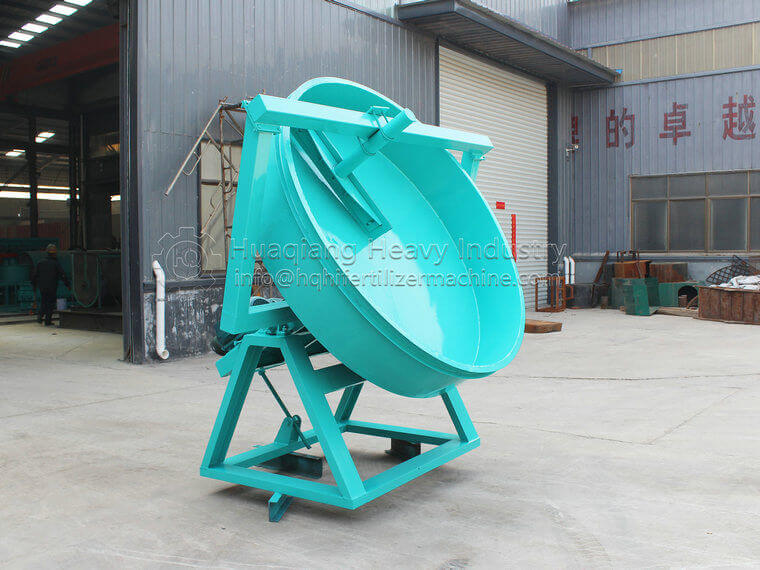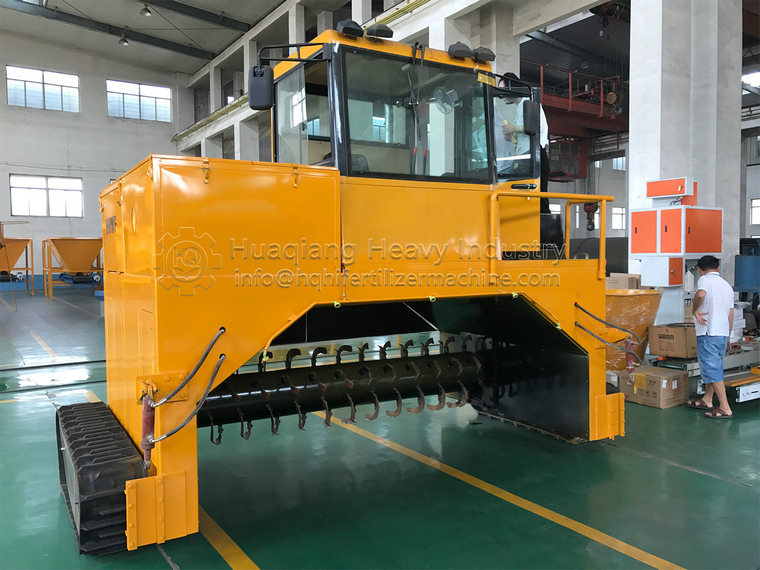Using cow manure as fertilizer is traditionally the most commonly used method. Applying cow manure to farmland not only provides rich organic matter to the soil, but also improves soil structure through soil microorganisms, thereby increasing crop yields. When cow manure is used as fertilizer, the self purification ability of the soil can be applied, and cow manure can be directly applied to farmland without any disposal. This application is certainly economical in terms of labor and capital. But it is easy to pollute the environment, spread diseases and pests, and has poor fertilizer efficiency, so this application is not advocated. Cow manure should be treated in some way before application. Although this method of application has higher cost, it also has higher fertilizer efficiency and, more importantly, is beneficial for maintaining the environment. When cow manure is used as fertilizer, the commonly used simple disposal method is the composting method (using RW preservative for composting). This process is beneficial for killing bacteria and parasitic eggs. Or dry or sun dry cow dung to make Manure..jpg)
Technological process steps of cattle manure Organic fertilizer production line
1. The operator only needs to input powdered organic materials, NPK, additives, trace elements, etc. into the hopper of the measuring belt, with the feeding port of the hopper aligned with the ground level, which can reduce the labor intensity of workers and save the secondary transportation process of materials. Moreover, the average route granulator of materials stabilizes the granulation form, thereby increasing the balling rate at a certain level and reducing production costs.
2. Crushing and refining process of cow manure in large-scale cattle farms
The forklift will feed the fermented materials into the forklift feeder, which will evenly transport the materials through a belt conveyor to a new vertical crusher for crushing treatment. The crushed materials will be transported to a drum screening machine for screening.
3. Granulation process of cow manure in large-scale cattle farms
The first process of granulation is a dynamic batching machine, which can accurately transport various materials in proportion to a mixing belt conveyor. The mixing belt conveyor will transport the well proportioned materials to a dual axis continuous mixer for mixing. If water needs to be added, it can be added simultaneously. The mixed materials with proper amount of water (about 40%) enter the Organic fertilizer granulator, through which the powdered materials can be made into 1.5mm-4mm particles. The prepared particles enter the Organic fertilizer dryer for drying and cooling. The cooled granular materials enter the drum screening machine for screening, and the granular materials that meet the standards are transferred to the coating machine. The coating machine can wrap the finished particles with a coat, which is beautiful in appearance, Finally, enter the particle quantitative packaging scale for packaging.
.jpg)
.jpg)

.jpg)


.jpg)

